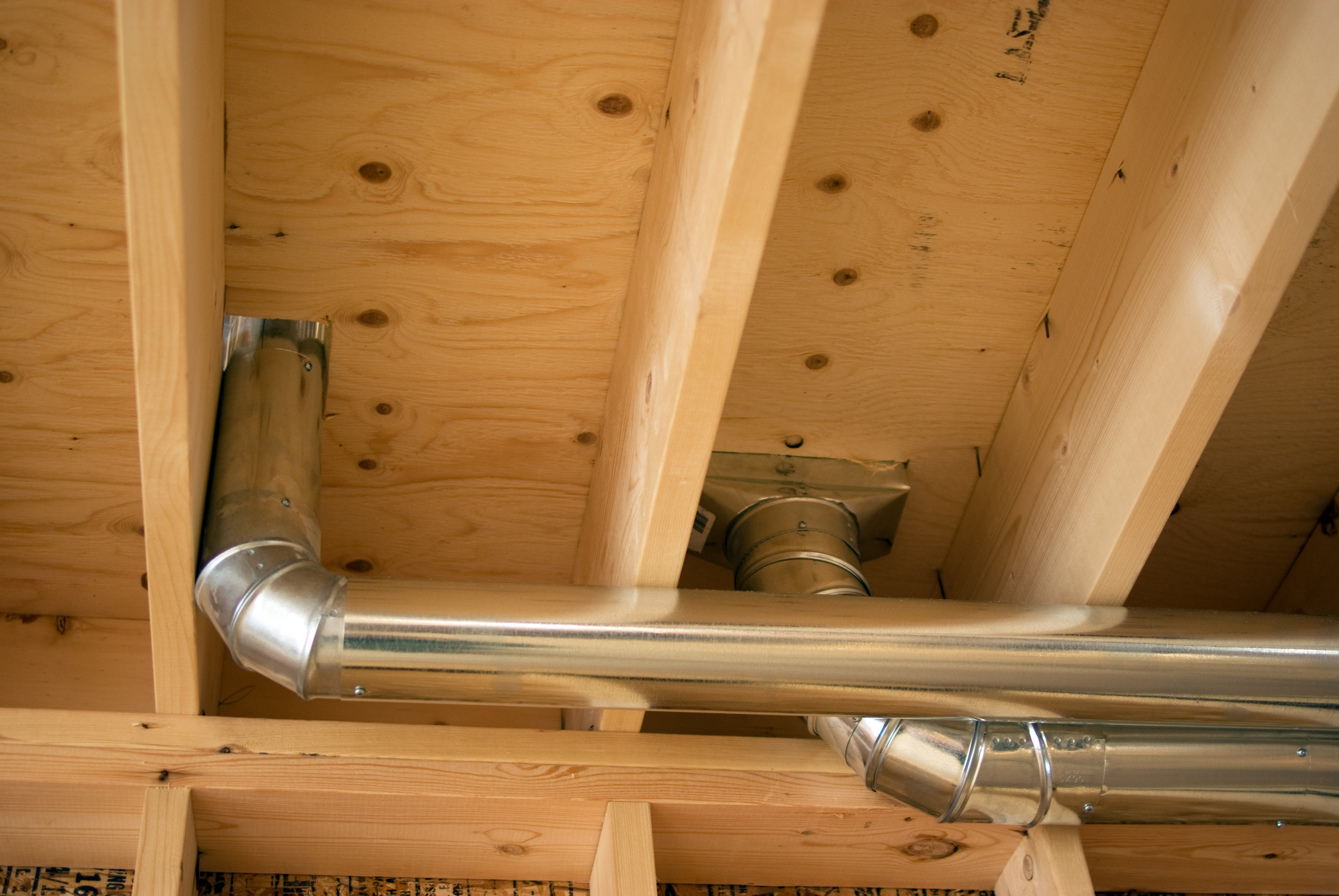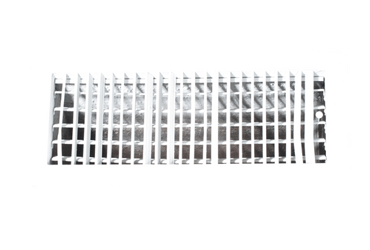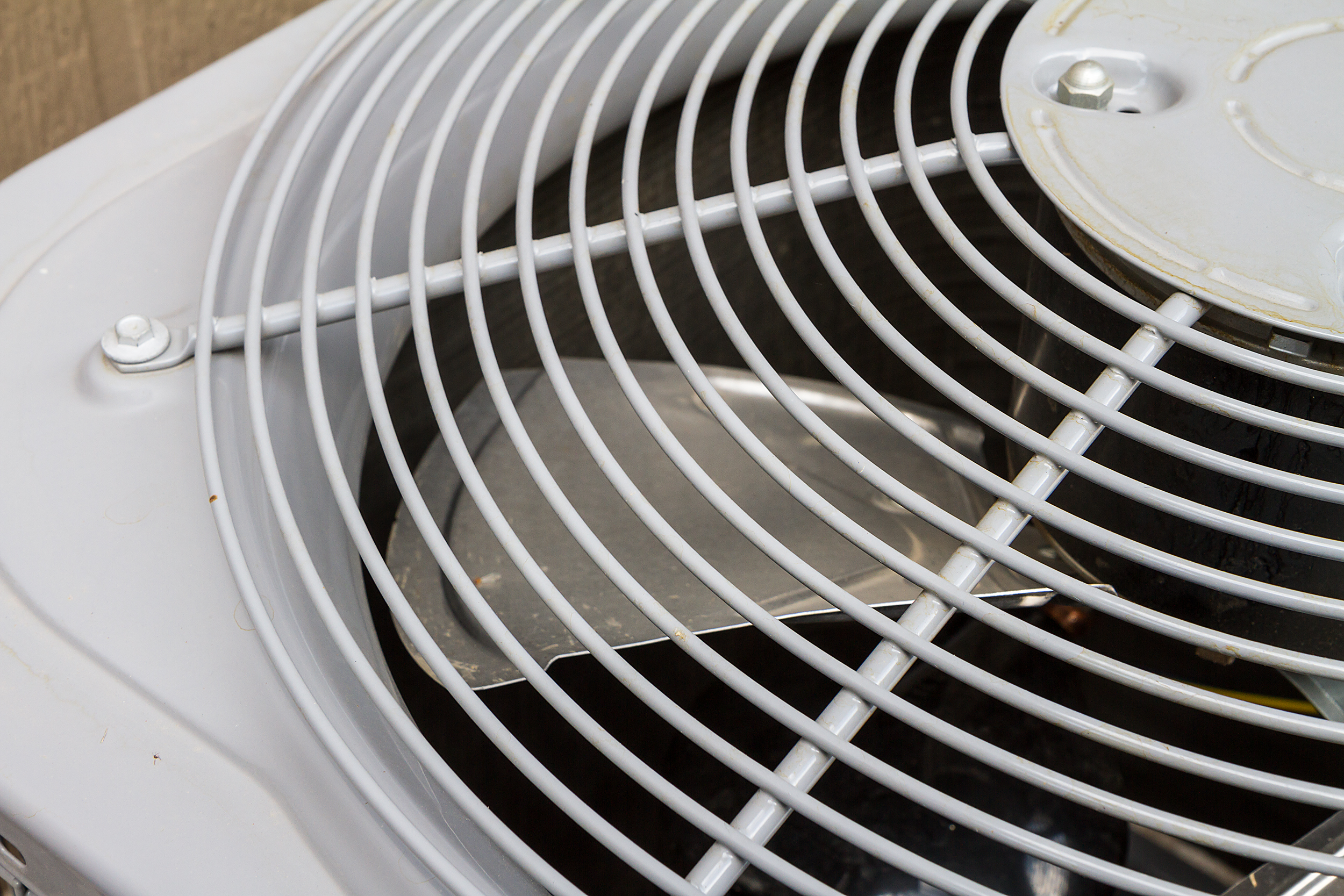Air conditioning affects on health are overwhelmingly positive, particularly when you compare today’s living conditions to the past. While about 87% of American homes are air conditioned now, this wasn’t always the case. Up until the 1960s, residential air conditioning was rare and frequently not included even in newly constructed homes. As A/C has become a way of life, Americans have benefitted from more than just the comforting sensation of coolness on a hot day.
Here are some ways air conditioning affects on health have contributed to our higher standard of wellness.
Reduced heat hazards.
During summer heat waves in the past, uncontrolled indoor temperatures very commonly resulted in a high incidence of dehydration, heat exhaustion and heat stroke for individuals residing inside non-air conditioned homes. Extreme heat is especially dangerous for infants, small children and the elderly. The widespread emergence of home air conditioning has greatly reduced these health risks.
Healthy humidity control.
High indoor humidity is the source of potential health issues, including toxic mold growth that causes symptoms in susceptible individuals. Chronic moisture sources including high indoor humidity trigger dormant airborne mold spores into the active growth mode that causes illness in some residents exposed to it. The evaporator coil in your air conditioner continuously extracts water vapor from indoor air as part of the cooling process. This function inhibits indoor mold growth by keeping household humidity in the EPA-recommended range below 65%.
Cleaner indoor air quality.
Indoor airborne particulates—dust, lint, dirt and smoke particles—can be a source of irritation and allergic responses for many persons. As your air conditioner circulates cooling through the household ductwork, the air is also repeatedly cleaned by the system air filter. Particulate levels are kept lower and allergy-related symptoms are reduced. In a typical home air conditioning system, the entire air volume inside the house passes through the air filter multiple times eacg day. Remember to replace the air filter monthly throughout the cooling season to safeguard indoor air quality.
For more about air conditioning affects on health and maintaining optimum indoor comfort, contact the experts at Air Assurance.









